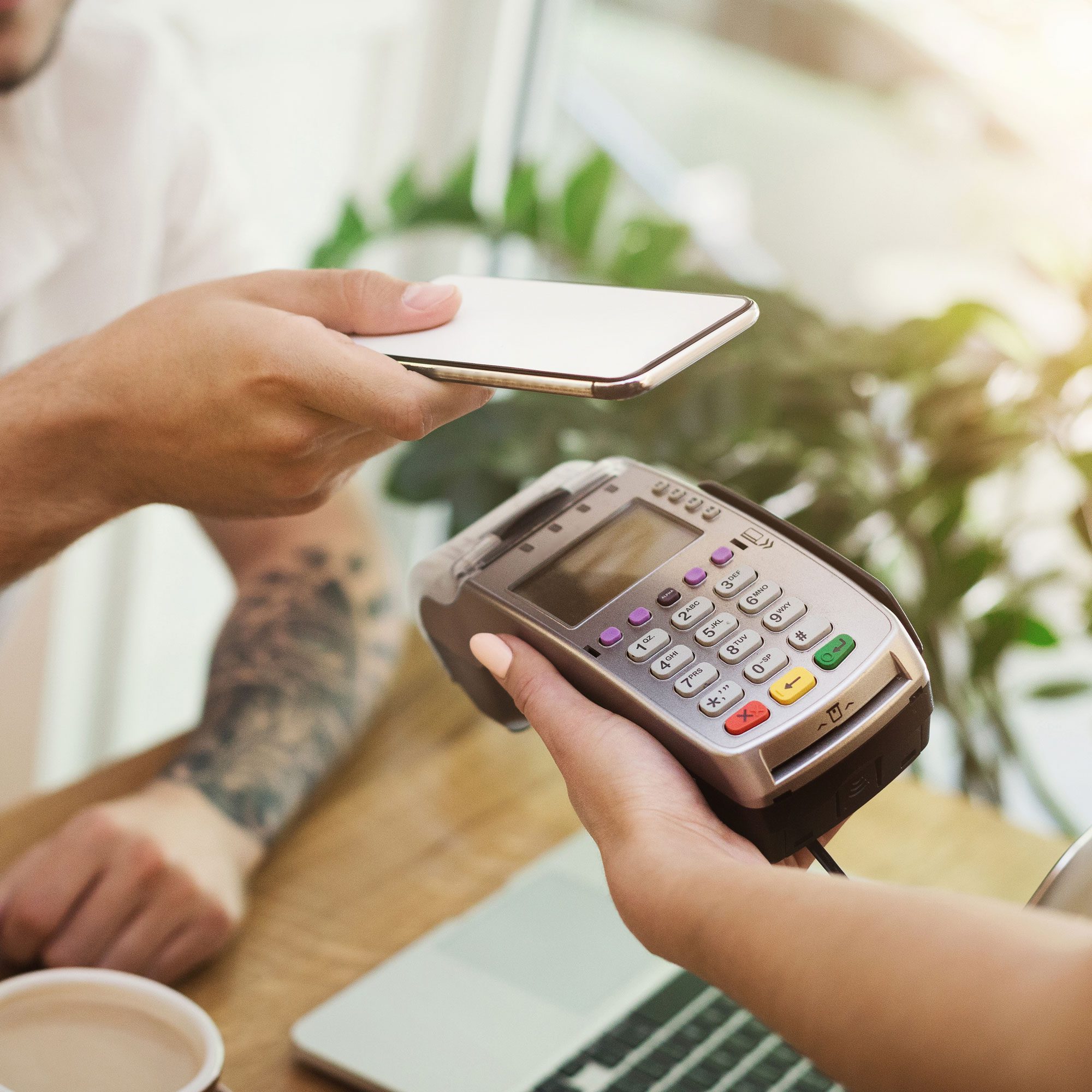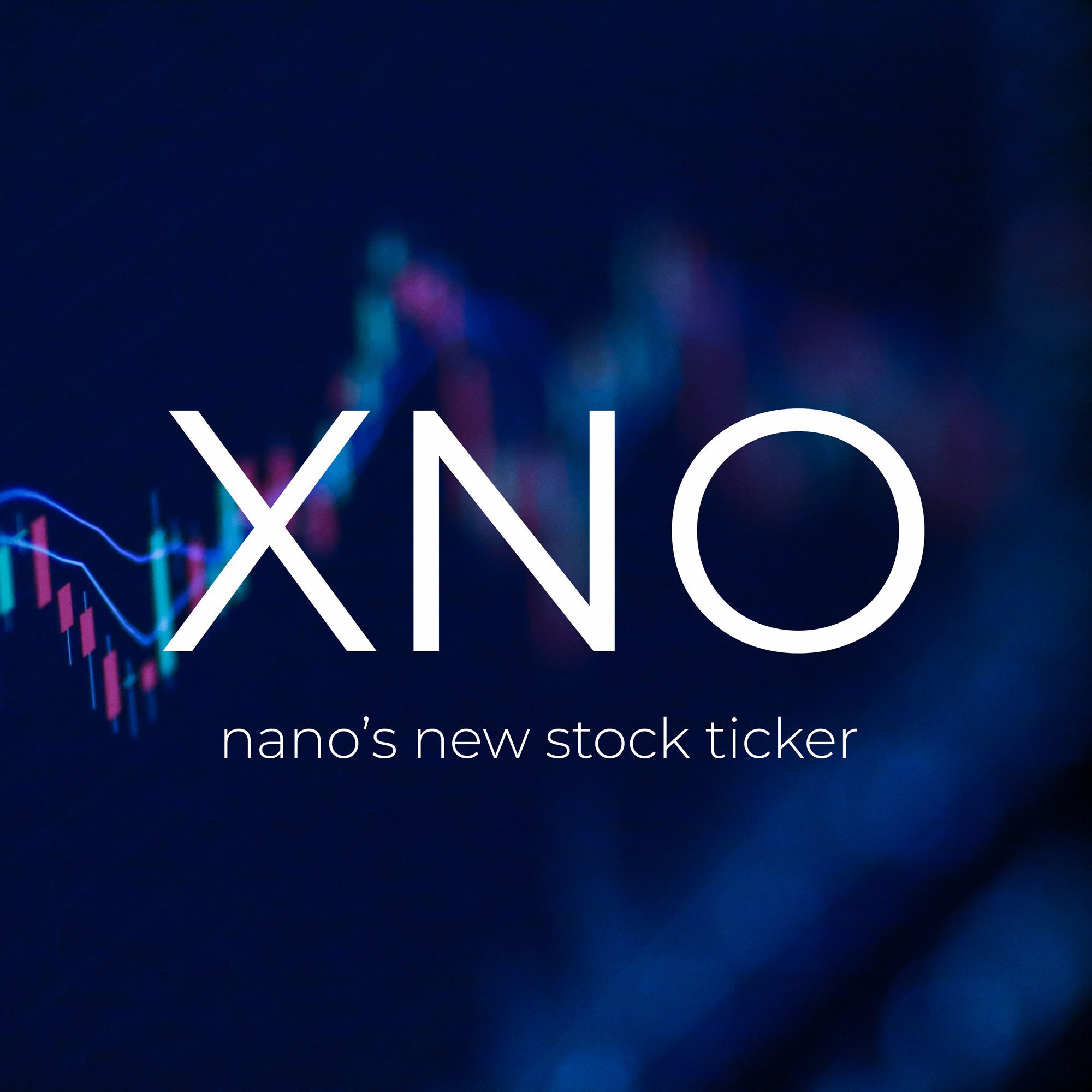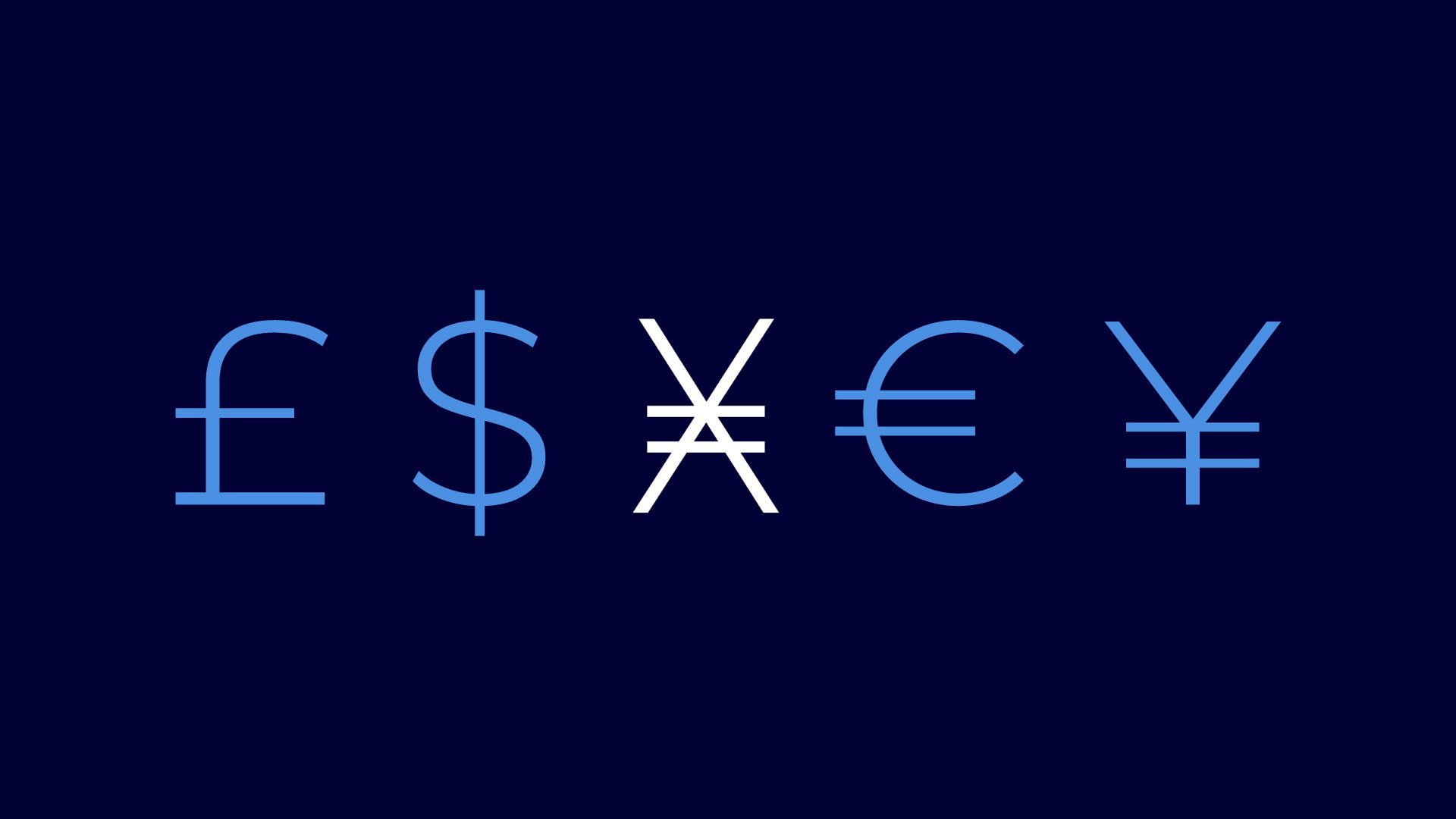CASE STUDY

Nano
A Currency Symbol to Champion Economic Equality and Financial Inclusion

The BACKGROUND
The world is in the middle of the next digital revolution, and cryptocurrencies have challenged how we think about and utilise money.
As we approach a cashless society, transitioning from physical cash to cash alternatives presents certain risks. It’s important to note that over 1.7 billion people don’t have access to a bank account, making going cashless impossible for them. Additionally, this move would widen the gap of financial inclusion and deepen economic inequality in developing nations.
Enter the nano—a new digital currency with a difference.
Unlike traditional cryptocurrencies, the nano is intended to be used and recognised as real money—just like the British pound or the American dollar.
Only it’s purely digital, open-source and free to use.
Nano is a virtual currency that does not require a bank account to use. Unlike traditional currencies, it is not backed by any financial institution and has no physical form such as cash or coins. Instead, it operates as a simple currency exchange, making it inflation-proof and environmentally friendly. Nano is open-source and free to use, with no need to invest in or purchase it like a cryptocurrency.
At a glance
- Nano has no tangible or physical money, cash or coins
- It’s not backed by a commodity or a bank
- Nano is open-source and free to use
The goal
The goal was to create a campaign strategy to launch nano with an accompanying currency symbol positioned as the world’s first truly global currency.
As a digital currency, the nano doesn’t belong to any country. It is classified as a ‘supranational’ currency. Therefore, its ticker must start with an X as specified by the ISO_4217 requirement as set out by the International Organisation for Standardisation (ISO). In addition, ISO 3166 rules ‘X’ can’t ever be assigned to the start of any official country code.
To accompany the new alphanumeric code—XNO, nano urgently needed a currency symbol that could be used worldwide.

The Situation
Currency symbols aren’t created every day.
The last time a currency symbol was created was the euro (€ )in 1995.
There were 32 initial designs for the euro’s currency. The final decision consisted of several rounds of short-listed designs and a public survey, which eventually narrowed the choices down to two. The European Commission decided internally on the final euro design which is what is used everywhere now.
Read more about how the euro was designed here.
New digital currency signs are even rarer, and the nano is very much a first-of-its-kind.
As with all things pioneering, there was no well-trodden path to follow.
No global standard or ISO requirement existed for currencies that could guide the design process.
Because the nano is intended to be used as real money, it has to sit seamlessly alongside other global currencies like the ($) dollar, (£) pound and (¥) yen in terms of form, function, and denomination.
Key Requirements for a New Currency symbol
- Must be unique and clearly distinguished from other established currency symbols.
- Must follow established design and structural principles of established currency symbols.
- Must be easy to replicate—both digitally and by hand.
- Must reflect the core mission and ethos of equality, technical excellence, and value.
Steps for success
Where do you start when creating a new currency symbol?
First, we needed to understand and define the design guidelines for currency symbols. Then, we could create guidelines specifically for the purposes of nano.
During our investigation, we discovered that there were no standard guidelines for currency symbols. Our research involved a thorough analysis of currency symbols worldwide and how they were commonly designed and utilised in different contexts.
Secondly, we delved into the symbols of current cryptocurrencies, such as Bitcoin, which initially began as a logo but eventually became an official currency symbol added to the Unicode library eight years later.


Guidelines for creating the nano currency symbol.
It was agreed that it had to:
- Be unique and differentiate itself from other established currency symbols while simultaneously taking its place among them
- Follow the design and structural principles of established currency symbols using Latin or Cyrillic letters and strokes.
- Be easy to replicate and distribute, both digitally and by hand
- Reflect The Nano Foundation’s core mission and ethos of equality, technical excellence, and value
With these principles in mind, we conducted research and development to create a symbol that represents nano as a leading virtual currency while also acknowledging the existing real-world currencies recognised worldwide.
A currency sign is not a logo – and vice versa.
This clear distinction between a currency sign (or symbol) and a logo played a pivotal role in shaping the design strategy and setting precise guidelines for the development of the nano symbol.
Let’s explore the difference between the two more closely.
According to the Economic Times, a currency sign is defined as “a representation of the currency in its graphical form“. In contrast, the Cambridge Dictionary defines a a logo “a design or symbol displayed on a company’s products, vehicles, signs, etc. that expresses the company’s character and purpose and makes it easy for customers to recognise and remember the company”.
Currency symbols are used as references and, therefore, need to be replicated easily across a variety of digital and print mediums, including text messages, emails, and currency exchange platforms, just to name a few.
Since the symbol needed to be ubiquitous and well-adopted, we investigated numerous implementation methods and applications to enable the following:
-
- All nano users and supporters to be able to easily use the new currency symbol and, therefore, increase its adoption
- The nano creators to track the use and adoption of the new currency symbol
CURRENCY SYMBOL
A currency symbol or currency sign is a representation of the currency in its graphical form”
– Economic Times
LOGO
A design or symbol displayed on a company’s products, vehicles, signs, etc. that expresses the company’s character and purpose and makes it easy for customers to recognize and remember the company”
– Cambridge Dictionary
Outcome
We created the new digital currency symbol for nano, with easy distribution in mind.

A sign of equality and opportunity
The new nano symbol is constructed of the Latin capital X and the equals sign (=), which sets the symbol apart from other digital and cryptocurrencies – all while reinforcing its place alongside traditional currency symbols.
A sign as easy to use as the currency
We helped create three ways for users to access and use the nano currency symbol easily:
- Get the nano currency kit: https://nano.org/currency
- Create a keyboard shortcut in your device’s preferences
- Use a font that supports the fallback Unicode (such as Open Sans) and copy and paste the symbol, Ӿ
Interesting facts about currency symbols, that you maybe never knew
Most currency symbols in use today usually use Latin or Cyrillic letters and strokes.
For example, the euro symbol uses the Greek letter epsilon (Є) and the first letter of Europe. It also has a marked-up “ideal” version illustrated by the creator. But it still gets misused, as do most currency symbols. Sometimes, we write them with a single stroke, sometimes with two.
Not all currency has, or needs, a symbol to be exchanged.
Another surprising fact was that the Russian ruble did not have an official currency symbol until 2007, and the Indian rupee did not have a symbol until 2010.
A currency symbol does not need to be in Unicode to be official.
Other currencies have replaced characters with their own.
For example, some mobile phone companies initially issued an interim software update for their unique SMS character set, replacing the less-frequent Japanese yen sign with the euro sign. Subsequent mobile phones have both currency signs.
Currency signs are sometimes shared between countries.
For example, the Japanese yen and the Chinese yuan share the ¥ symbol.
The names of currencies are not proper nouns.
Grammatically, we had previously been treating “nano” as a proper noun. We realised that currencies aren’t capitalised but are instead referred to in lowercase within sentences.
Final thoughts & Insights
“As a project, this was by far the most challenging, yet the most rewarding we’ve done in a long time.
Without a roadmap or rules for creating a currency symbol, we had to carve our own path and create our own guidelines based on well-known and widely used currency symbols.
We knew that in order to be taken seriously, the nano’s currency symbol had to stand up next to the dollar, pound, yen, etc. When we stumbled on the story of how the Bitcoin symbol finally made it into the Unicode after 8 years, it shed a whole new light on what we were trying to achieve and the difficulty it proposed.
Working with the team at The Nano Foundation was brilliant. They’ve got such a great passion for bringing financial equality and opportunity to the world, and especially to those who are underserved in developing nations. The stories we heard broke our hearts, and gave us the same passion to make the nano currency more ubiquitous and used globally.”
– Josh Chesney, CDO, Dauntless
We are Innovation Partners
We deliver cutting-edge, strategic digital solutions to rival any competitor.
Whether you need a digital makeover, a brand relaunch or a new marketing strategy – Dauntless has your back. We’ll come in, assess the lay of the land and map the path to reach your goals.
